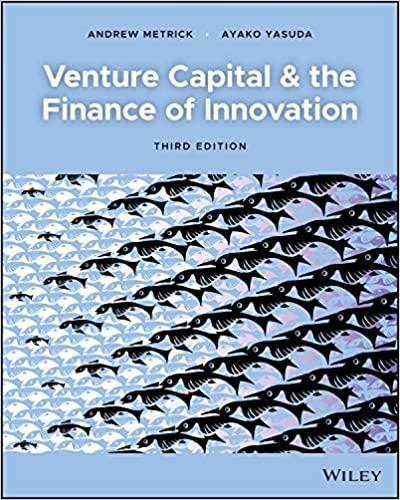Question
1. What is a real options? A. The right but not the obligation to take some future action. B. The obligation but not the right
1. What is a real options?
A. The right but not the obligation to take some future action.
B. The obligation but not the right to take some future action.
C. Both the right and the obligation to take some future action.
D. The tradeoff between return and risk.
E. None of above
2. Sensitivity analysis measures the change in NPV that results from a given percentage change in an input, other variables held at their expected value.
A. True B. False
3. The best return that could be earned on assets the firm already owns if those assets are not used for the new project is
A. Expected return
B. Realized return
C. Sunk cost
D. Opportunity cost
4. Incremental cash flow is a cash flow that will occur if and only if the firm takes on a project. A. True B. False
5. NPV assumes that cash flows are reinvested at
. A. IRR
B. Cost of Equity
C. Cost of Debt
D. WACC
E. None of the above
6. Westchester Corp. is considering two equally risky, mutually exclusive projects, both of which have normal cash flows. Project X has a NPV of $100, while Project Bs NPV is $90. Which project we should accept based on MIRRs?
A. X
B. Y
7. If the projects are mutually exclusive, which project we should accept based on IRRs? Discount rate=8% Year 0 1 2 3 Project X -$1,150 $1000 $300 $400 Project Y -$1,150 $500 $300 $1000
A. X
B. Y
Step by Step Solution
There are 3 Steps involved in it
Step: 1

Get Instant Access to Expert-Tailored Solutions
See step-by-step solutions with expert insights and AI powered tools for academic success
Step: 2

Step: 3

Ace Your Homework with AI
Get the answers you need in no time with our AI-driven, step-by-step assistance
Get Started


